Modern Thanksgiving is essentially a celebration of 4 F’s — family, friends, football and food, which are all similar themes to those of the “first Thanksgiving” in 1621.
Our kindergarten teachers taught us that the Pilgrims and Wampanoag Indians sat around a long table in the woods to enjoy a feast in celebration of the colonist’s first successful harvest, which is not inaccurate.
According to Time Magazine, over 100 people attended the First Thanksgiving to “eat and partake in games.” Sound familiar?
Time Magazine also reported that the eating lasted for three days because the Wampanoag people had to endure a two-day journey on foot to get to the feast.
Today, we have modern transportation to help us reach our holiday destinations, but making long trips to see loved ones is still customary.
The food may be the element of the first Thanksgiving that has remained most similar over time.
There were, in fact, wild turkeys on the table, according to Smithsonian, but primary sources suggest that turkey was not the focus. It was served alongside waterfowl (most likely duck), deer and venison, according to Englishman William Bradford’s written account.
Smithsonian even specifies that the poultry may have been stuffed as well — most likely with onions and herbs, rather than the bread and chestnut mixtures we are accustomed to. A variety of pumpkin and squashes were also present at the first Thanksgiving.
Alas, there was no pumpkin pie, since the colonists lacked wheat flour and butter, according to Smithsonian.
Although there was no dessert, National Geographic suggests that the 1621 barley harvest makes it a possibility that the first Thanksgiving included beer. Not so different from the modern day American Thanksgivings where people relax in front of their TVs with their Budweisers.
The last similarity between modern Thanksgiving and the first Thanksgiving is that the peace didn’t last long.
While Thanksgiving in our homes may involve occasional political squabbles (especially last year with the unusual presidential election), the aftermath of the first Thanksgiving was much more severe.
The first settlers and the Native Americans actually lived in peace for about 10 years, according to Time. As tens of thousands of settlers arrived later in the 17th century, they spread lethal diseases to the Native Americans and fights erupted over land.
Today, people of American Indian and Alaska Native descent make up only 0.9% of the U.S. population, according to the 2010 Census.
Yet, as a country, we continue to neglect the community through instances such as the construction of the Dakota Access Pipeline.
It would be easy to apply one community feast as a universal symbol of peace, but we would be ignoring the underlying systemic problems that continue to fester in the U.S.
We can celebrate Thanksgiving and we should be thankful for what we have, but we should still be aware that the founding of this country came at a steep price to Native Americans.

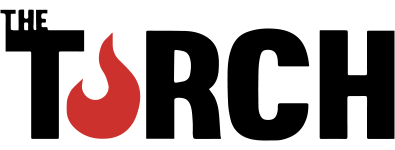



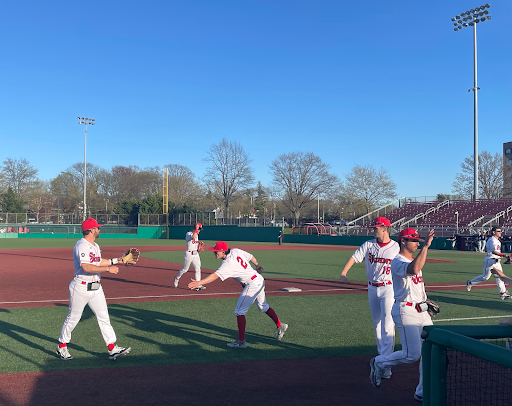
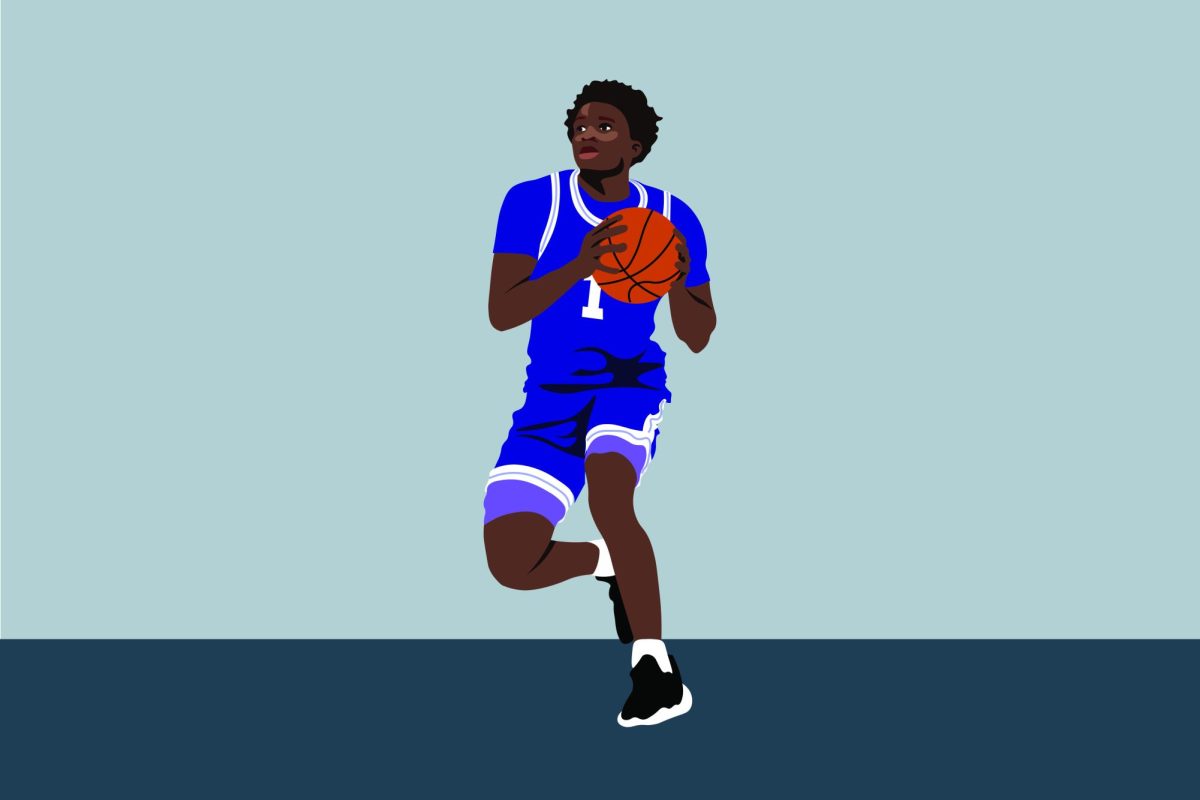

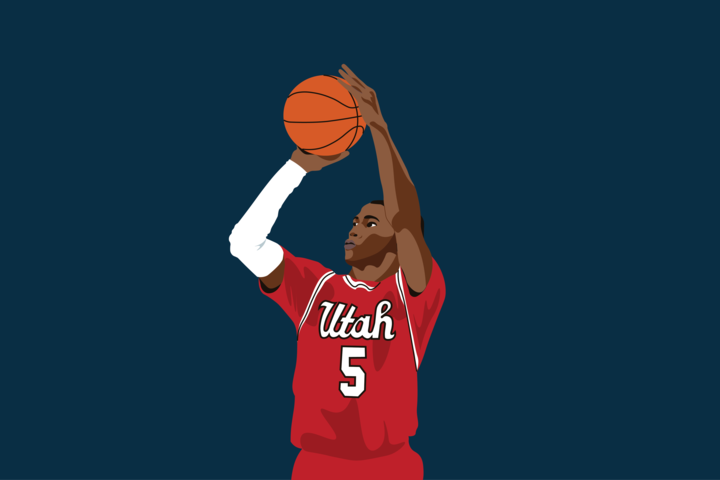
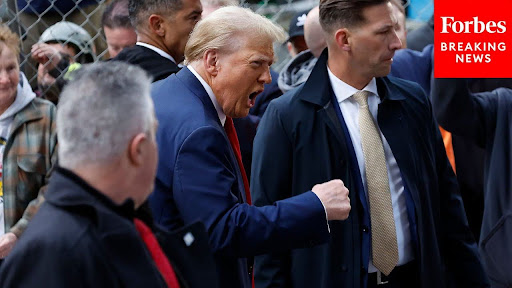

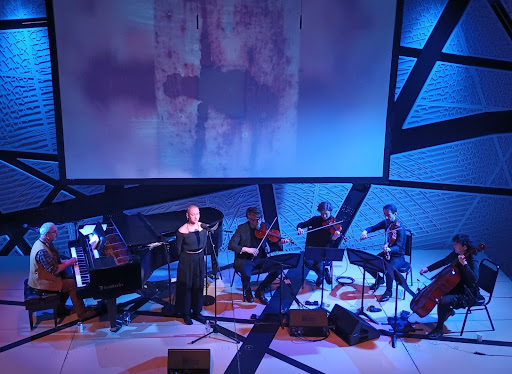
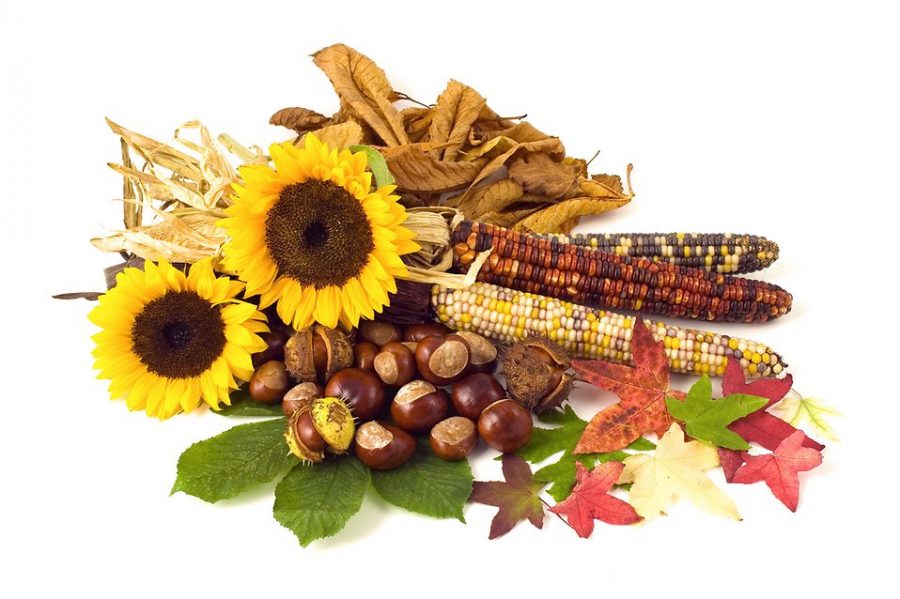

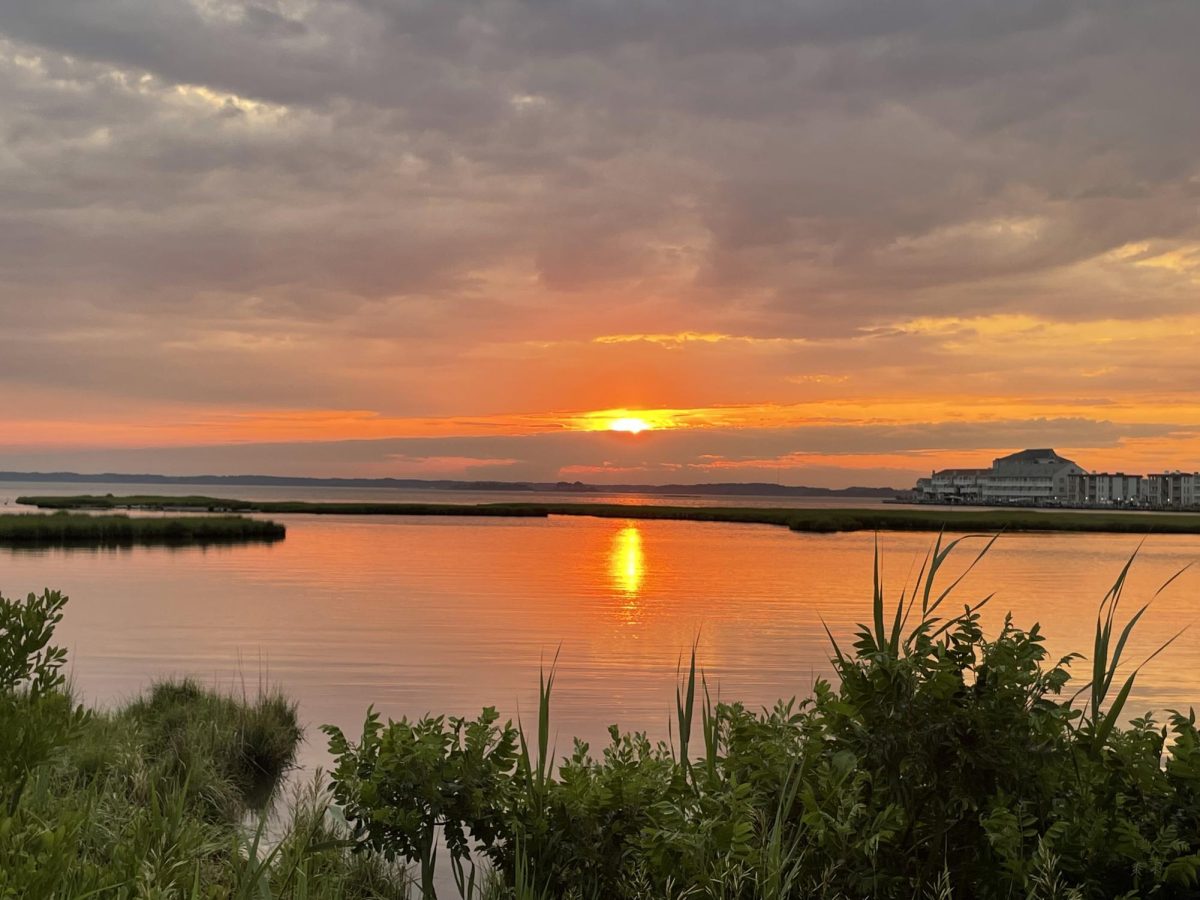
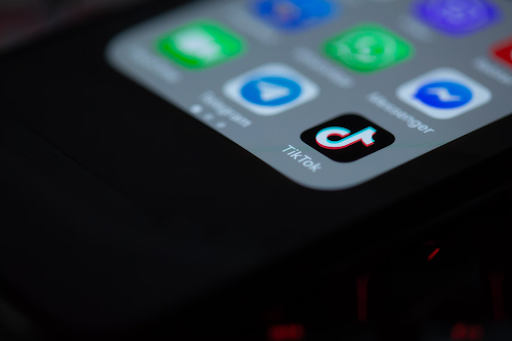
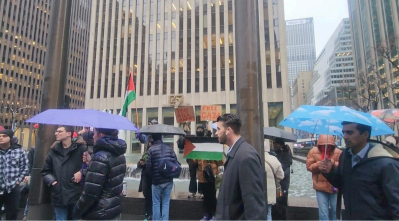
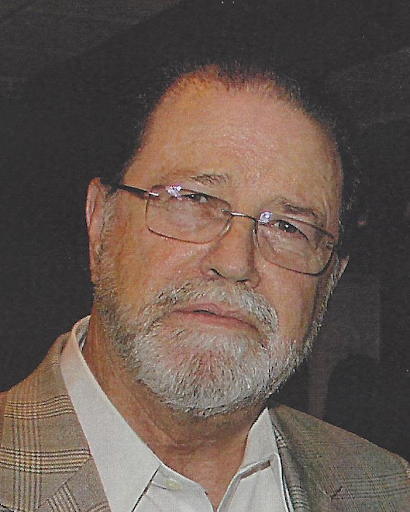
Kevenisha Wright • Nov 18, 2022 at 12:13 pm
thanks really needed it
your mom • Nov 29, 2021 at 9:52 am
its about drive its about power
Anonymous • Nov 18, 2021 at 10:08 pm
Thanks You Really Just Helped Me With My School Work!
sydney • Nov 22, 2021 at 6:28 pm
SAME!
Brittany Marie Hayes • Mar 30, 2021 at 9:55 am
I rather celebrate the Lincoln version and the actual accurate 1621 Thanksgiving than the one that Leftist Liberal version one on the 1637 Thanksgiving Massacre that they are making as “the Thanksgiving Celebration”. Two different Thankgivings with two different age gaps. I dint care how you feel about thanksgiving I’m celebrating it!
ANTONETTE THOMAS • Dec 8, 2020 at 11:25 pm
thanks very helpful
Nylah • Dec 6, 2020 at 7:14 pm
I needed this for school
Thomas Mohr • Dec 3, 2020 at 9:19 pm
This helped me Alot with my Schooling Thank You So Much Tsym!!
Bob • Dec 2, 2020 at 6:02 pm
I need this for distance learning
noname • Nov 30, 2020 at 11:29 am
thanks this will help me with the school projesct
Kieran • Nov 25, 2020 at 4:14 pm
Still sorta helpful
Kieran • Nov 25, 2020 at 4:12 pm
There was nothing about the similarity between the first thanksgiving and the modern thanksgiving
Bobby lopez • Nov 25, 2020 at 2:55 pm
It WaS hElPfUl I NeEdEd It FoR sChOoL
olivia drinkard • Nov 23, 2020 at 1:02 pm
this helped me for my school assighnment thanks you
Charlie UwU • Nov 20, 2020 at 11:20 am
Thanks
Kaidin Simmons • Nov 19, 2020 at 6:17 pm
Me thAnk YOu
logan Wilson • Nov 19, 2020 at 1:42 pm
it was very helpful and its correct
the secret someone • Nov 18, 2020 at 6:12 pm
thank you torch
aBBY • Nov 18, 2020 at 3:58 pm
Hey there, I’m doing this assignment and it makes no sense for me at all. It doesn’t mean this is bad but this just doesn’t explain much to me as a 2nd grader
Mathan ailey • Nov 18, 2020 at 1:55 pm
very useful, i needed this for school
wvgwreq • Dec 2, 2019 at 2:11 pm
me dont like
Addyson • Nov 9, 2018 at 6:04 pm
usefull